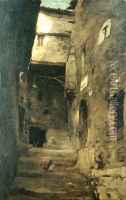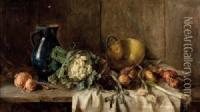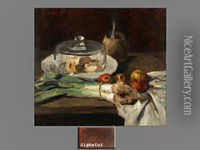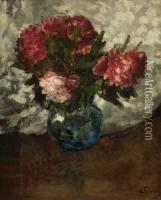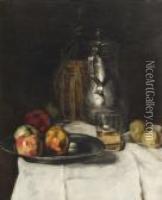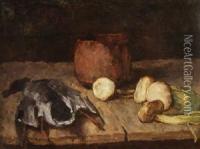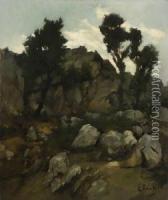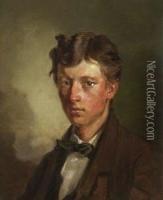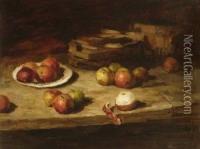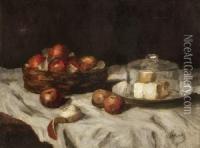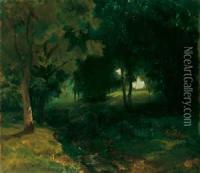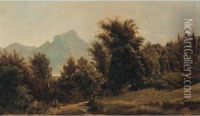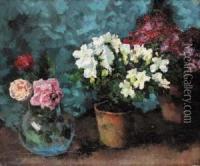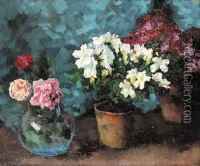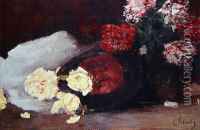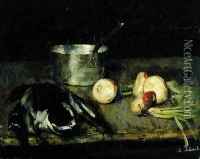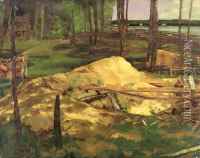Carl Schuch Paintings
Carl Schuch was a German-Austrian painter, primarily known for his still life paintings and landscapes that reflect the influence of the 17th-century Dutch masters and the Barbizon school. Born on September 30, 1846, in Frankfurt am Main, Germany, Schuch showed an early interest in art, but initially, his family discouraged him from pursuing it as a career.
Despite this, Schuch left home to study painting, and his early studies took him to Dresden, Prague, and Vienna, where he was influenced by the work of the Old Masters. He was particularly inspired by the Dutch painters of the 17th century, and this influence is evident in his still life works, which often feature arrangements of fruits, flowers, and dead game, rendered with meticulous attention to detail and a rich, subdued palette.
In the 1870s, Schuch traveled to Paris, where he became acquainted with the Barbizon school, a group of artists who advocated for plein air painting and sought to capture the transient effects of light and atmosphere. This experience further shaped his style, leading him to adopt a looser brushwork and a greater emphasis on the effects of light in his landscapes and seascapes.
Schuch spent much of his life moving between Germany, Austria, and Italy, often living a solitary life devoted to his art. His work received little recognition during his lifetime, but he was held in high esteem by his peers. One of his closest friends was the German painter Wilhelm Leibl, with whom he shared a commitment to naturalistic painting and a disdain for academic conventions.
Carl Schuch's dedication to his craft and his pursuit of a personal vision that combined the realism of the Old Masters with the plein air approach of the Barbizon school resulted in a body of work that was not fully appreciated until after his death in Venice on September 13, 1903. Today, he is recognized as an important figure in 19th-century European painting, with works that are admired for their beauty and technical mastery.
